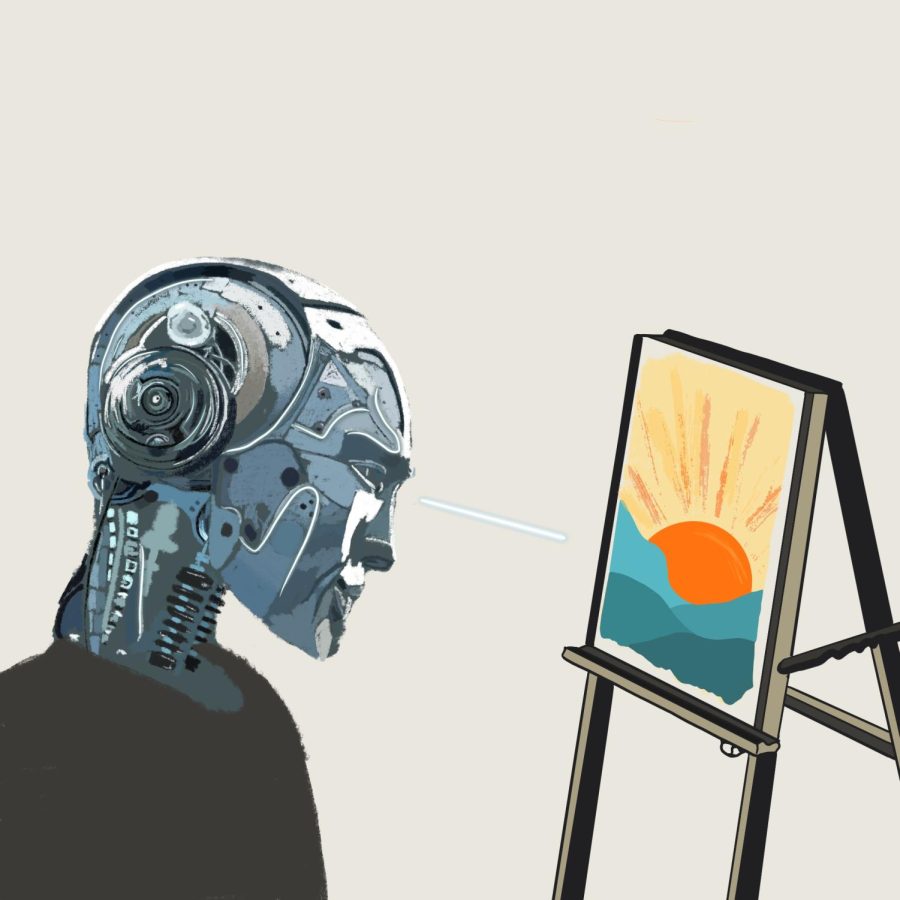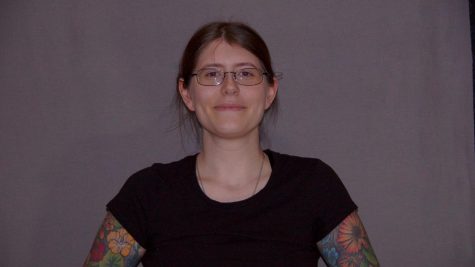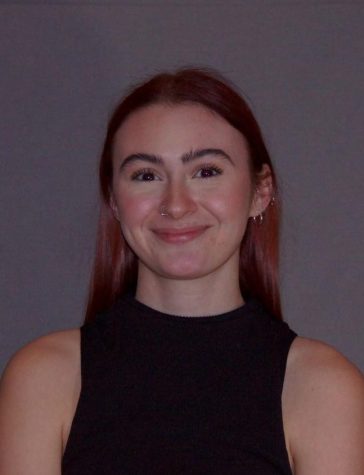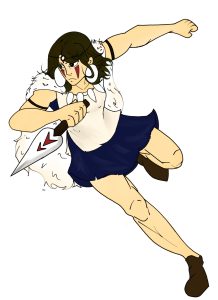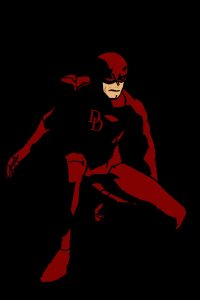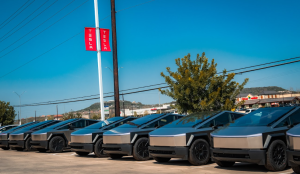Is AI artwork acceptable?
January 24, 2023
There has been a recent trend within the art community: art produced by artificial intelligence (AI). Programs like DeepAI and Craiyon can take images or phrases and produce illustrations inspired by the input. For instance, a picture of a person in a messy bedroom can be easily transformed into a prince surrounded by finery by plugging the original picture and a few extra words into one of these programs.
While this can be a helpful tool for people with no experience, it prompts an important question: Is AI-created work truly art?
Most of the art community would agree it is not. Art comes from the heart and soul — there is thought behind every line and every stroke of the brush, and no computer program can match the true masters of the trade. Composition, the width of the brush and the mixing of shades and colors all go into creating masterpieces. Machines cannot understand these techniques or the emotions they might invoke the way humans do, but they are learning to mimic these strategies, and many see this as putting artists and their trade at risk.
However, there is more than one angle to this issue. If AI is used as a tool rather than a replacement, it could have a valuable place in the art industry.
The art community is well known for creating commissions and custom pieces for those who are willing to pay. These can be highly specific, and no program can replace those skilled enough to fill such demands. However, AI can be used as a base or an inspiration. If an artist, especially one who is just starting out, does not know how to draw or paint something or has difficulty coming up with ideas, AI art can be a fantastic place to start. It can provide references that may otherwise be very difficult to find, especially in posing or clothing design. Any beginner artist could speak volumes about the difficulty of finding a perfect reference. AI programs could make that process much easier.
AI artwork can also be of great use to those who cannot afford to commission real artists. Some artists can be very expensive to hire, and many AI art programs are free. For a writer who needs an image of their character or a Dungeons & Dragons enthusiast who needs some way to illustrate their monsters, these can be helpful to fill needs that would otherwise go unanswered.
The problem comes when AI tries to take the place of real artists. Contrary to what many fear, this could not happen. Commissioned artists and physical canvases cannot be replaced. AI would need to develop enormously to be able to take long, specific commands and produce exactly the right thing. It would need to be even more advanced to accept further input and change what it has already created. This does not take into account the fact that the majority of those who commission artists are glad to support them. The art world is not a selfish one. On the contrary, it thrives on mutual support. Canvas paintings are also safe from this trend — one would need to build a robot to move the brush, and that is simply not realistic. Screen printing is a process that has already been around for quite a while, and though it can mimic true paintings, in doing so it loses the depth of the work. It is trivial to tell the difference between paint and printing.
The only real threat, at least as it stands now, is to amateur artists who struggle to gain a foothold in the art world. They can be quickly outpaced by AI-generated art. The simplest solution to this would be to require a person to credit the program they used to generate effortless art pieces. Anyone who has interacted with the art community knows how savage it can be to those who break the rules. They protect their own, amateur and master alike. Anyone who tried to pass off AI-generated art as their own would be quickly found out and shut down. Integrity is important to the art community — compromising this virtue can lead to the loss of an entire career.
Some may consider AI art as a threat to the art world; however, if it is used correctly, it may be a great tool for reference, skill development and quick images that require no real talent to produce. Whatever a person believes about the issue, AI art generators are here, and they are not going anywhere now that the trend is gaining traction. The key to managing its development and integration into the art world is regulation and honesty, and the art community is more than a match for that challenge.


